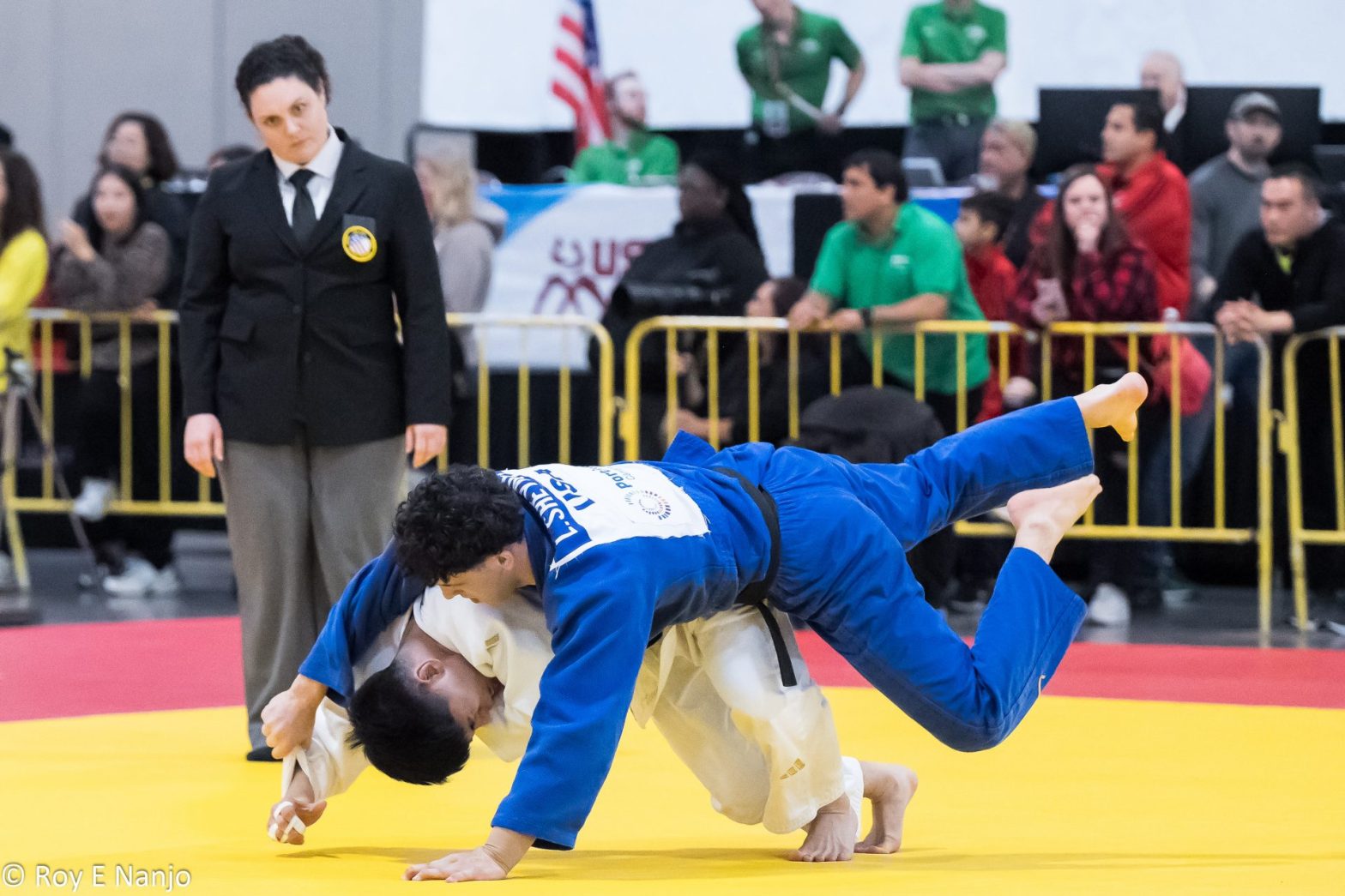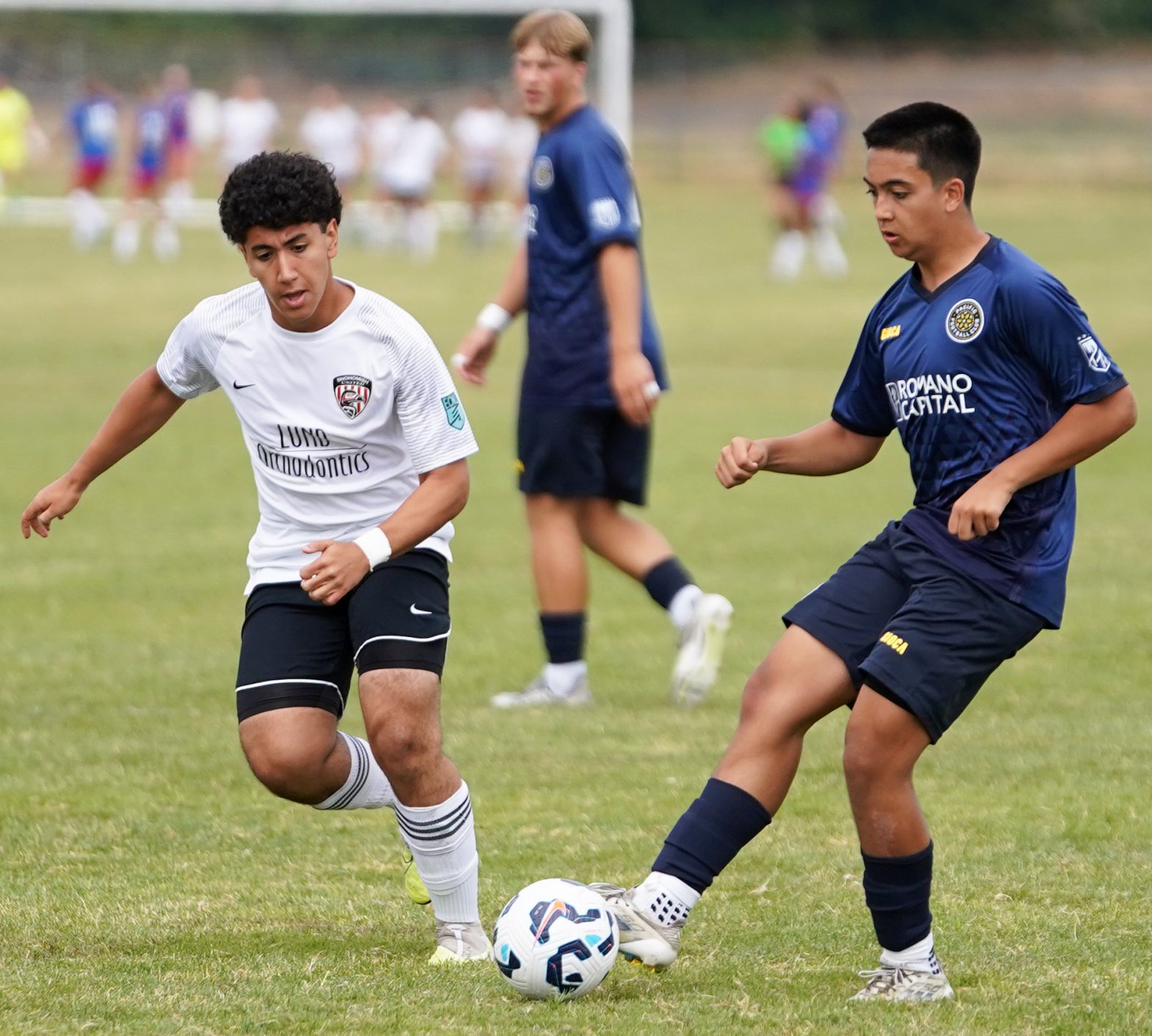
For those that play, soccer is so much more than a sport. It offers a myriad of benefits, perhaps most notably in the realm of physical fitness.
“There are so many benefits because of the nature and design of the game,” says Scott Snyder, senior director of sport development for the American Youth Soccer Organization. “It’s
flowing and organic, which gives kids an increased aerobic benefit for their hearts and lungs. The running and kicking support strong muscles and endurance, and mechanically it can help strengthen bones. It can also help regulate body weight.”
The benefits of playing soccer extend well beyond the physical, as Snyder continues to note. “Physical exercise causes the release of endorphins, and that can significantly help stress, anxiety, and depression,” he says. “It can even help with pain relief. The regularity of playing a youth sport in a team environment can help with learning, judgment, cognition, and academic performance, not to mention the unlimited benefits of camaraderie and being part of a team. I don’t go far in my day without drawing on lessons that I gained from playing soccer and being part of a team.”
While there are many physical and mental benefits from playing, the flip side must also be considered. As with anything, sports can come with significant negatives, specifically when it comes to mental health, says Margaret Domka, co-founder and executive director of the U.S. Center for Mental Health & Sport, as well as PhD candidate at Clemson University. “There are things within the soccer space that are absolutely huge contributors to positive mental health and a number of mechanisms for how it serves well-being,” she says. “But we know there are the other pieces, such as when athletes have performance pressures or they get injured or the sport is such a big part of their identity, or even retirement. There is pressure on athletes to get scholarships. The list can go on and on.”
The mental health gap
Just as much as the physical aspects can benefit an athlete, the stresses and pressures can significantly impact an athlete’s mental health. It’s something Domka and Dr. Skye Arthur-Banning know all too well. Domka spent the last 30-plus years in the sport, many of which as a referee. Arthur-Banning has also traveled the world refereeing the sport, and they both developed a passion about the topic of soccer and mental health. “On the rise are individuals struggling with mental issues like anxiety, depression, eating disorders, and substance abuse,” Domka says.
They also saw the unfortunate extreme of mental health issues as well: suicide. “We saw suicide rates on the rise every year,” Domka adds. “In many cases, the ones we hear more prominently about are elite athletes or at the professional level, but there are a lot of youth athletes—we may not know their names, but just as importantly, we’re losing them to suicide as well.”
Recognizing the huge gap in the mental health space in soccer and sports, they founded the U.S. Center for Mental Health & Sport, a nonprofit organization dedicated to supporting the mental health of anyone within the sports community. “There’s a clear need for the work we’re doing, but we wish it was not needed,” Domka says. “We wish everyone had phenomenal mental health and great environments for positive well-being, but it’s not always the case. We’re happy to be filling the gap in some of those spaces. People in the sports space love each other, care about each other, spend a lot of time together, and coaches are influential in a person’s life. So why not use those things at our disposal as the vehicle to deliver mental health awareness?”
Raising awareness
The U.S. Center for Mental Health & Sport works in various ways to help improve mental health, raising awareness and providing resources. It largely offers a training program, which focuses on the topics of suicide, depression, anxiety, and recognizing the signs and symptoms of someone who may be struggling. Important to note is that the organization seeks to include and support everyone in the sports environment, not just athletes. “We want everyone—athletes, coaches, parents, administrators, medical staff—recognizing and talking about mental health in a positive light,” says Arthur-Banning, co-founder and director of research and development at the organization, as well as associate professor at Clemson University.
In trying to get the mental health conversation started, the organization is having to break down the longstanding stigma of talking about mental health problems, particularly within the sporting world. While athletes may not experience mental disorders at an increased rate, what the research has shown, Domka believes that athletes are not as likely to seek help if they are struggling. “We have this culture of toughness in sports,” she says. “We want to push through everything and not let anyone know we might be struggling. We’re so about performance in sports that we don’t want to let anyone think we’re weak, though mental health is not a weakness. We have to work in these spaces to make sure they know it’s OK to get help.”
Interestingly, as Arthur-Banning notes, younger generations today are willing to talk about mental health more than perhaps ever before—but that gets negated if there isn’t a clear open door with the coach. “Young people want to talk about it, but in some cases are afraid to,” he says. “There are elements of if they tell their coach they’re struggling today, they are worried about the repercussions of speaking out. If I tell coach I’m struggling today, does it mean I won’t get to play? If athletes know coaches are willing to have these conversations, the door is open for athletes to figuratively walk through if they need the support.”
Starting with soccer

Since the center began two and a half years ago, the organization has partnered with a variety of organizations. Due to Domka’s and Arthur-Banning’s close relationship with soccer, they started there, becoming the official health and wellness partner of the American Youth Soccer Organization, speaking at several of their conferences around the country. “We wanted to have a partner that could help educate our membership and normalize the topic of mental health, opening discussions to provide local resources and guidance for players, volunteers, and coaches,” Synder explains. “It’s important we continue a commitment to supporting mental health and wellness in addition to quality x’s and o’s.”
They also are the official health and wellness partner of US Youth Soccer, and provide content through US Youth Soccer University, an online resource aimed at educating parents, players, coaches, officials, and practically anyone involved with the sport on a wide range of topics. “We wanted to make sure US Youth Soccer University included a mental health support side,” explains Skip Gilbert, chief executive officer at US Youth Soccer. “When Margaret [Domka] and Skye [Arthur-Banning] launched the center, it made so much sense for us to partner with them because they are ideal at developing the curriculum and information about how to effectively manage and talk about mental health. It’s important to us for athletes to understand it and be able to recognize it to help themselves and their teammates, as well as have coaches, parents, and anyone involved with the sport do the same. It’s a big priority for us to be able to offer that level of support and those resources moving forward.”
While the U.S. Center for Mental Health and Sport has made major steps forward in raising awareness about mental health, they strive to reach more sports organizations to keep the mental health conversation going strong. “We often hear coaches say they don’t know if they have two hours to give up to have the conversation,” Arthur-Banning says. “When we hear that, we often share that if athletes are more mentally healthy, they are more likely to perform better. But the other piece is asking the important question of what if setting two hours aside would save one of your athletes’ lives? When we frame it that way, coaches listen. It could be two hours to save a life.”










